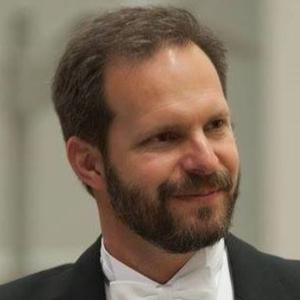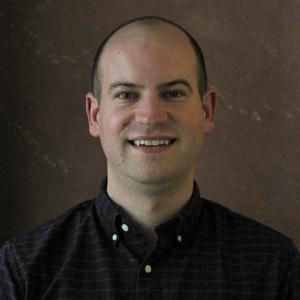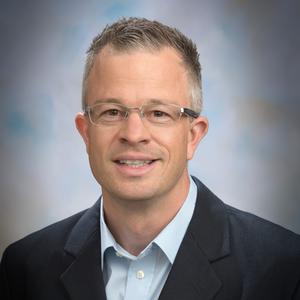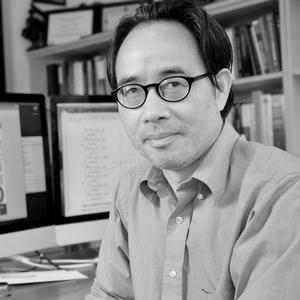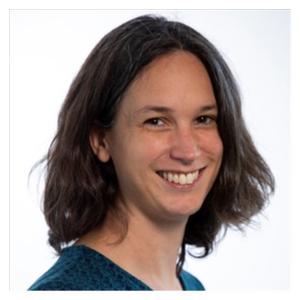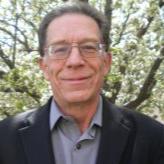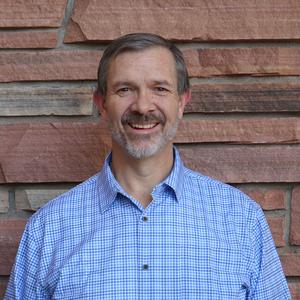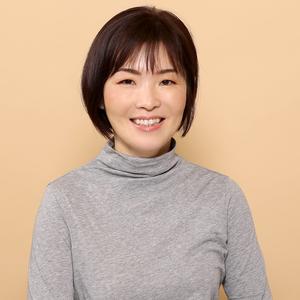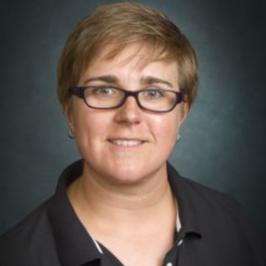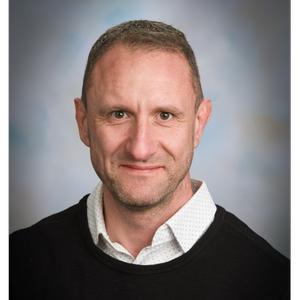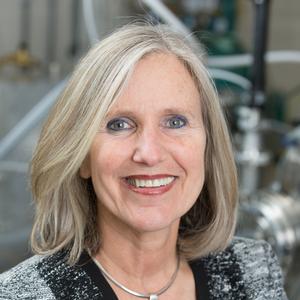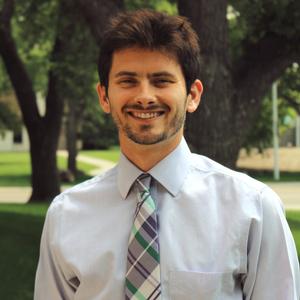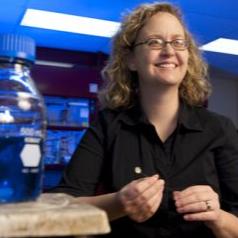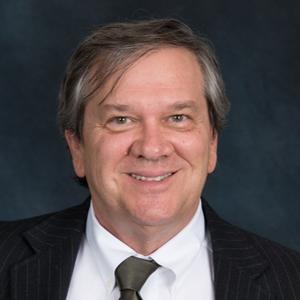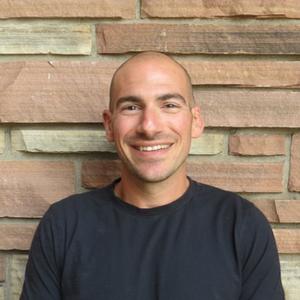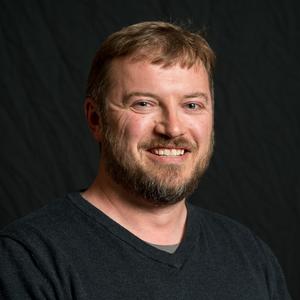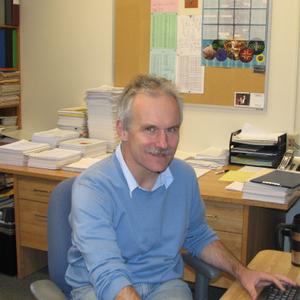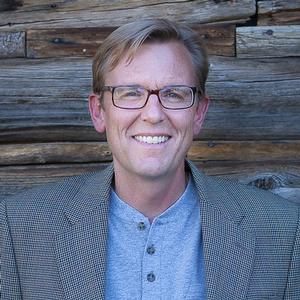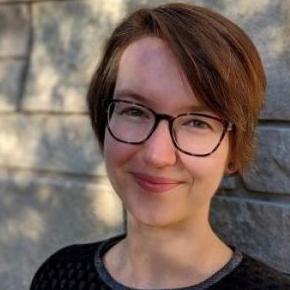From its LEED Platinum Chemistry Research building to its award-winning research, the Chemistry Department is actively engaged in sustainability education and research. Highlights include new battery technology, chemically recyclable polymers, energy and material-saving catalysis including earth-abundant catalysts, and work on a range of renewable energy sources.
Environmental chemistry is a passion. Work focuses on quantitative measurements of air and water quality and atmospheric processes, low-cost sensors, biomaterials that promote human health, as well as determining failure mechanisms in photovoltaic and photocatalytic materials.
Experimental efforts are supported by computational work centered on helping understand the complex processes at the center of challenges ranging from energy and material-saving polymer and pharmaceutical syntheses to environmental remediation and climate change.
Developing sustainable approaches to chemicals, monomers, and materials that our society depends on
Eugene Chen, John K. Stille Endowed Chair in Chemistry and Millennial Professor of Polymer Science and Sustainability, directs the Center for Sustainable Monomers and Polymers (CSuMAP) since 2012. The overarching goal of CSuMAP is to be a focal point for research and education in developing sustainable approaches to chemicals, monomers, and materials that our society depends on. His group has invented 6 patented and 2 patent-pending intrinsically recyclable plastics with infinite chemical recyclability and tunable properties or performances, as well as biomass conversion platforms to convert nonedible plant biomass into renewable chemicals, building block monomers, and bioplastics. He has co-founded a start-up company aiming to bring the infinitely recyclable plastic technology into the marketplace to gradually replace today’s non-recyclable plastics that are accelerating depletion of natural resources and polluting our environment. His group’s sustainability-related work has been recognized by the Excellence in Commercialization Award in 2012 by the Colorado Cleantech Industry Association and the Presidential Green Chemistry Challenge Award in 2015 by the US Environmental Protection Agency. Most recently, he has given live broadcast lectures and perspectives on sustainability topics at the National Academy of Sciences Workshop in 2019 and the National Science Foundation/American Chemical Society Colloquium in 2019.
Developing 3D rechargeable batteries made by scalable, water based electroplating methods
The Prieto group is interested in developing synthetic methods for making solid state materials with applications in energy production and storage, with a particular emphasis on using earth abundant materials and developing environmentally safe and sustainable manufacturing methods. Amy Prieto was named a Scialog Fellow by the Research Corporation for Science Advancement for her work developing syntheses for nanoparticles composed of earth abundant elements for applications in photovoltaics, and was named a Monfort Professor for her work on developing nanoparticles of magnesium for hydrogen storage. Prof. Prieto is also interested in developing 3D rechargeable batteries that combine high power and energy densities, are safe, and are made by a scalable, water based electroplating methods. She founded Prieto Battery Inc. in 2009 to commercialize that battery technology. She was named the 2011 ExxonMobil Solid State Chemistry Faculty Fellow, an honor awarded to one scientist nationally and was also honored by President Barack Obama at the White House with a Presidential Early Career Award for Scientists and Engineers. She currently has 26 patents issued in the US, the EU, China, Japan, Korea and India, and her batteries are currently on display at the Smithsonian Institute.
Creating sustainable synthesis of complex molecules relevant to high-value chemicals and pharmaceuticals
The Rappe group has studied sustainability questions since the 1980’s at CSU. In the 1980’s, efforts were focused on methane activation, nitrogen activation, and deNOx catalysis. The 90’s saw a shift to polymer catalysis including work on a recyclable disposable diaper. The 2000’s saw a shift toward earth abundant photocatalysis. Each of these phases involved close collaboration with experimental colleagues. In recent years our work has been supported by the Catalysis Collaboratory for Light-activated Earth Abundant Reagents (C-CLEAR), an NSF-EPA supported group that aims to replace expensive and/or toxic 1-electron reagents with catalytic processes, toward sustainable synthesis of complex molecules relevant to high-value chemicals and pharmaceuticals.
Developing methods for employing Earth-abundant reagents in photocatalysis schemes
The Shores group collaborates extensively with computational and synthetic chemists to develop methods for employing Earth-abundant reagents in photocatalysis schemes. We seek detailed knowledge of the physical and chemical properties of Earth-abundant compounds, and accurate descriptions and synthetic control of electronic structure in ground and (photo)excited states. Our work has been supported by the Catalysis Collaboratory for Light-activated Earth Abundant Reagents (C-CLEAR), an NSF-EPA supported group that aims to replace expensive and/or toxic 1-electron reagents with catalytic processes, toward sustainable synthesis of complex molecules relevant to high-value chemicals and pharmaceuticals.
Developing fundamental science that will lead to next generation renewable energy production systems
The Sambur group focuses on developing the fundamental science that will lead to next generation renewable energy production systems. The Sambur group is working to understand the mechanism of pseudocapacitance and leverage structure/composition/property relationships to design pseudocapacitor hosts. In their 2019 PNAS paper, they pioneered the development of single nanoparticle electro-optical imaging to understand the charge storage mechanism in pseudocapacitive WO3 nanorods. The group is also working to establish a new paradigm in the ultrathin 2D materials field: liquid electrolytes conformally coat and efficiently extract charge carriers from 2D materials (Nano Letters, 2019; J. Phys. Chem. C. 2018). They have “healed” chalcogen vacancies in MoSe2 using focused laser beams, thereby significantly improving the photocurrent (ACS Appl. Mater. 2019). The group’s immediate research plans are to investigate hot carrier photochemistry processes such as carrier multiplication in 2D materials, which has the potential to double the photocurrent efficiency in a solar cell.
Converting solar energy via water-oxidation catalysis to form hydrogen fuels
Sustainability related research in the group of Professor Richard Finke takes shape in several forms: (i) catalysis, the most fundamental topic underlying sustainable chemistry, including kinetics and mechanisms of catalytic processes; (ii) solar energy conversion via water-oxidation catalysis to form hydrogen fuels; and (iii) capture of the oxidized intermediates in water-oxidation catalysis for use in oxygenating organic substrates in a more sustainable, energy efficient fashion.
Designing new battery materials and molecules using artificial intelligence
In collaboration with the National Renewable Energy Laboratory (NREL) and Colorado School of Mines (CSM), the Paton group is supported by an ARPA-E grant to design new battery materials and molecules using artificial intelligence. They are developing machine learning approaches to predict the performance of new material compositions at high fidelity but lower cost, and using reinforcement learning techniques to automate the identification of new candidate compositions.
Faculty Highlights
Chen group receives Excellence in Commercialization Award (2012) by the Colorado Cleantech Industry Association and the Presidential Green Chemistry Challenge Award (2015) by the US Environmental Protection Agency
Sambur group pioneers development of single nanoparticle electro-optical imaging in 2019 PNAS paper
Professor Prieto named Scialog Fellow by the Research Corporation for Science Advancement for her work developing syntheses for nanoparticles composed of earth abundant elements for applications in photovoltaics and named Monfort Professor for her work on developing nanoparticles of magnesium for hydrogen storage
Professor Chen named Millennial Professor of Polymer Science and Sustainability
